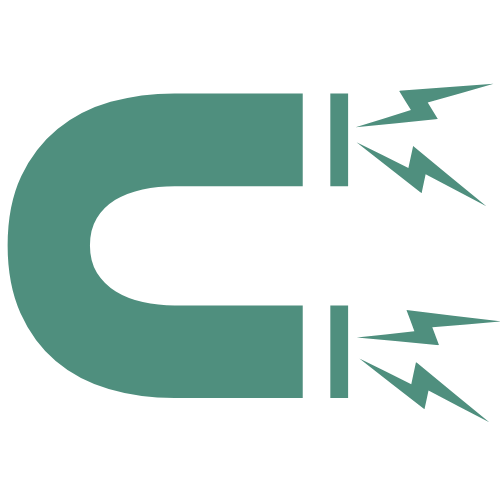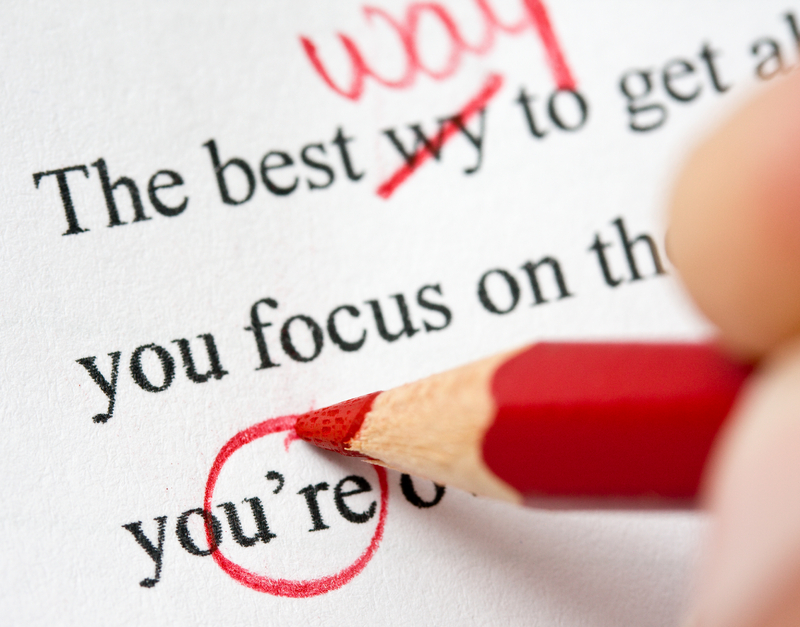It’s common knowledge that your resume is an important part of the job hunting process. But what many people don’t realize, is just how important it is to have a resume that’s “perfect” — one with no typos or other seemingly minor errors.
So, what’s in your resume? Do you know? Are you sure?
It would be wise to go over your resume with a very keen eye! Why? Just take a look at some quotes pulled from real resumes:
- “Education: College, August 1880-May 1984.”
- “Work Experience: Dealing with customers’ conflicts that arouse.”
- “Develop and recommend an annual operating expense fudget.”
- “I am very detail-oreinted.”
- “I worked as a Corporate Lesion.”
“But it’s just a typo”
If you didn’t notice the typos in each of those examples, you’re not alone. The authors obviously missed their mistakes, too. They might have been eligible job candidates, but diminished their chances for consideration by submitting unpolished resumes. One survey showed 58 percent of resumes have typos in them.
An estimated 77% of hiring managers immediately disqualify resumes because of grammatical mistakes or typos.
Errors on your resume imply that as an employee, your work might be sloppy, too. Share on XFollow these proofreading pointers to avoid elimination-by-error:
1. Use spell check, but don’t rely on it. So many errors sneak through:
- From in place of form—watch for transposed letters that form real words
- Rabid in place of rapid—again, sometimes the wrong letter will form a real word and won’t be highlighted by spell check
- Double words, like the the
- Plural in place of singular
- The wrong tense
2. Print out your resume—don’t try to proof it on your computer screen
Your eye will notice many details on the printed paper that it overlooks on screen. If you cannot print, enlarge the view on screen so that it is clearer and scroll slowly.
3. Have someone else proof, too
Another set of eyes might catch all sorts of opportunity for improvement, from typos to language to reminding you of your best attributes to spotlight.
4. Slow down
It is a common misconception to assume that once you’ve crafted your resume, all it needs is a quick once-over and you’re done. It might require as much or more time to edit and proof as it took to write the first draft. Budget time to proof properly.
5. Use your dictionary
Make absolutely, positively sure that you are using the proper word choices.
6. Read each line aloud
Listen for phrasing, in addition to checking spelling and accuracy. One example wording mistake: “Here are my qualifications for you to overlook.”
7. Check from bottom to top
Your eyes often compensate for errors when you read in order. By changing it up and proofing from bottom to top, you are more likely to notice what you actually wrote, rather than what you meant to write.
8. Using a ruler or straight edge, proof line by line, then word by word
This is an advanced version of Tip #7. I recommend covering all but one line at a time, so you don’t rush ahead or get lost in the sea of words.
9. Don’t forget to check punctuation
Check bullet points especially—do you want them all to end with a period or not? Be sure you’re consistent.
10. Save it and come back later with fresh eyes
You might be surprised by what you find when you check back! In addition to finding mistakes you’d missed, you might think of a brilliant point to highlight that could make all the difference.
Follow these tips and you’ll have much improved chances of making it through the elimination rounds and be on your way to an interview.
This post was originally published for MakeItMissoula.com’s Work It Blog. You can see it here. It was updated October, 2019 with recent hiring statistics.



